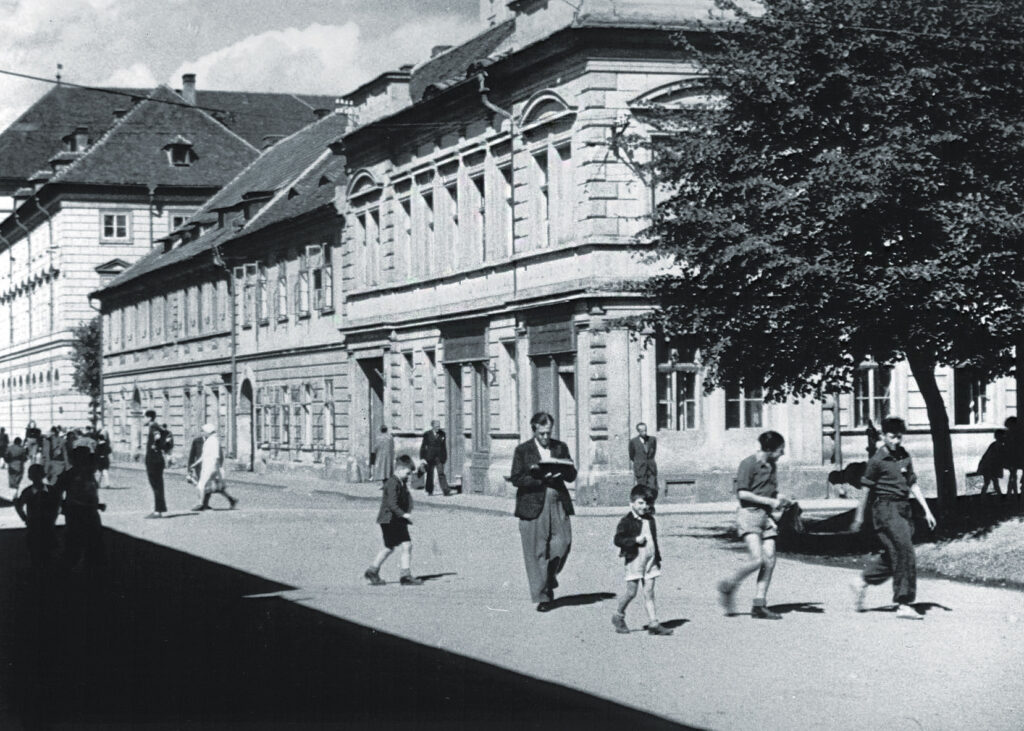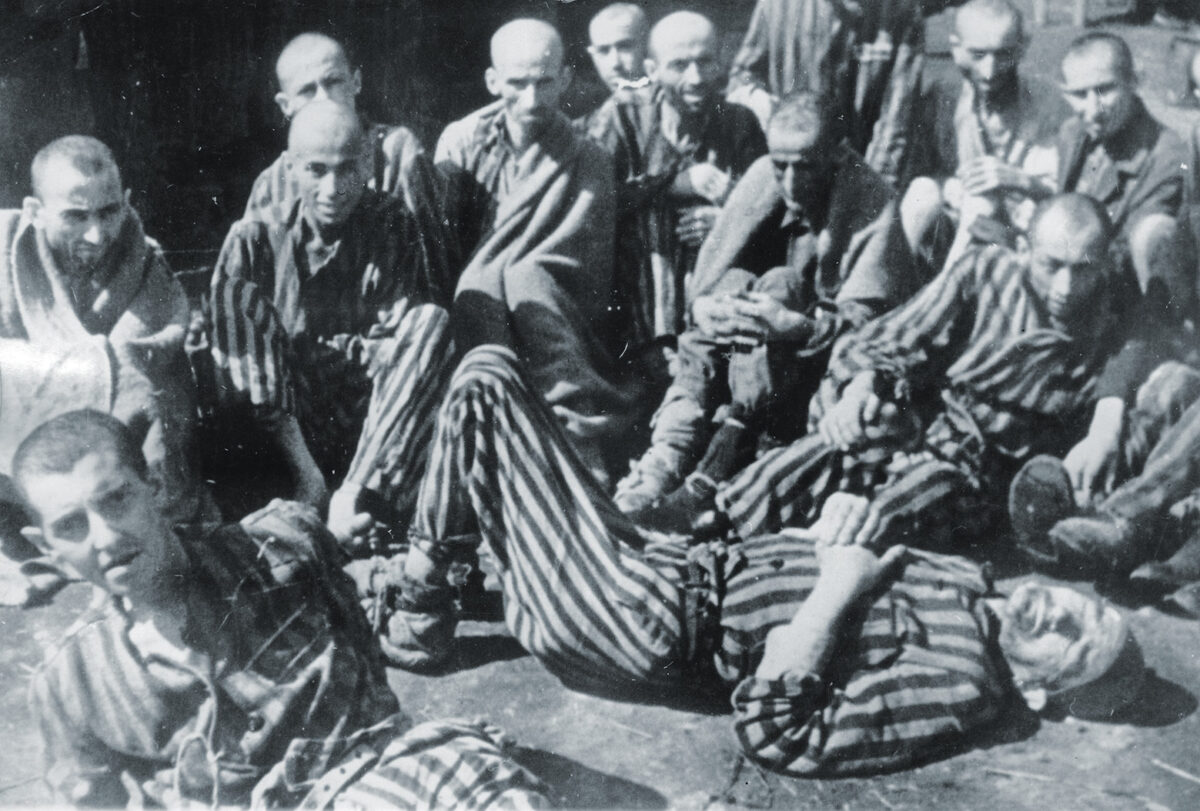Did the Nazis treat German or Austrian Jews who were veterans of the First World War any better than other Jews?
—Jeremy Joyner, Houston, Texas
Yes, many Jews who were veterans of World War I were initially spared deportation to camps and ghettos in the East. It should be remembered that Hitler and many of his closest associates were veterans, and World War I was a formative experience for many of them. Veterans were also excluded from what is usually considered Nazi Germany’s first program of systematic mass murder, the “euthanasia,” or Aktion T4, program.
The T4 program targeted for killing disabled patients living in institutional settings in Nazi Germany and its annexed territories who were considered a burden to the Reich; the Nazis murdered 250,000–300,000 patients, the overwhelming number of them German “Aryans,” between October 1939 and May 1945. The T4 plenipotentiaries, Dr. Karl Brandt and SS Reichsleiter Philipp Bouhler, wrote guidelines for the euthanasia program in which they exempted veterans of World War I and soldiers in the war at hand. They reasoned that if the public learned of the clandestine killing operations, morale might suffer or that soldiers in the ongoing war might refuse to fight if they knew that veterans of military action (especially invalids of war) were being murdered. However, as the program radicalized in 1943–1944, veterans were regularly included in the killing process.

A similar rationale came into play when one of the main architects of the “Final Solution,” Reinhard Heydrich, ordered the establishment of the Theresienstadt ghetto in Czechoslovakia as a Jewish settlement on October 10, 1941. This order coincided with the general deportation of German Jews to concentration camps and ghettos in the East. Heydrich proposed that German Jewish veterans who were invalids of war or who had been decorated should be spared the general deportation and sent to Theresienstadt instead. This also applied to Jews over the age of 65 and later to prominent Jews, whose disappearance in the killing centers might attract attention abroad. Nazi propaganda cynically described Theresienstadt as a “spa town” where elderly German Jews could “retire” in safety. The SS invented the Theresienstadt fiction primarily for domestic consumption in order to shore up a fiction about the deportations—that the Reich was deporting its Jewish population to work in the East—and to respond to citizens who wondered aloud how aged seniors and severely disabled war veterans were expected to be productive laborers. However, this did not necessarily save these German Jewish veterans, for Theresienstadt was also a transit camp to killing centers in German-occupied Poland, especially to Auschwitz.






